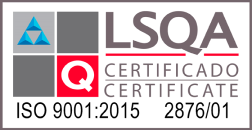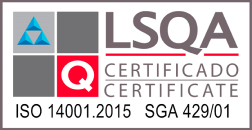In recent years, the different advantages that artificial intelligence offers over many aspects of daily life have become popular, some examples: robot vacuum cleaners, SPAM filters in our mail, personalized ads based on searches, and a long etcetera. Although this technology still does not reach the level that Alan Turing expected in the 50s of the last century, its growth and application in science and technology is unstoppable.
However, what is its specific impact on air quality? First of all, we must consider that air quality is one of the great problems facing our society, concentrated in cities and dependent on fossil fuels, but also in industrial areas. Indeed, according to WHO data, 7 million people die prematurely worldwide from poor air quality, while in Latin America alone, 150 million live in cities that exceed recommended levels. Currently, there are tools that allow knowing and analyzing air quality in real time: globally, such as WAQI, and locally we have the SINCA or the Meteorological Network page. But, in addition, Artificial Intelligence generates the capacity to handle, store and manage this data and other continuous monitoring stations, which can be used to analyze and / or forecast peaks of atmospheric pollution by training machine learning models to starting from artificial neural networks (ANNs), support vector machines, among others, up to 72 hours in advance. The results obtained are usually compared with the prediction of an ARIMA statistical model, considered the benchmark in these cases.
Our company has successfully developed ANNs, ARIMA and WRF-Calpuff models for the gaseous pollutants and particulate matter forecasting, which have been integrated into the Comprehensive Air Quality Management Platform, MIMAire, which today is operating successfully in the mining sector for forecasting meteorological variables, sulfur dioxide (SO2) and respirable particulate matter, in order to optimize operational decision-making in advance to avoid episodes of atmospheric pollution. MIMAire also has a module for online monitoring of air quality and connecting with the Superintendency of the Environment (SMA). (Fidel Vallejo, 2021).











